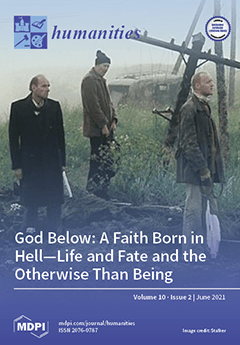Lake Qooqa in Oromia/Ethiopia started out as a man-made lake back in the 1960s, formed by the damming of the Awash River and other rivers for a practical function, i.e., for hydroelectric power. The lake flooded over the surrounding picturesque landscape, shattered sacred
[...] Read more.
Lake Qooqa in Oromia/Ethiopia started out as a man-made lake back in the 1960s, formed by the damming of the Awash River and other rivers for a practical function, i.e., for hydroelectric power. The lake flooded over the surrounding picturesque landscape, shattered sacred sites and the livelihoods of the Siiba Oromo, and damaged the ecosystem in the area, which was later resuscitated to have an aesthetic function for tourists. Available sources showed that people used the lake for irrigation, washing, fishing, and drinking, while tanneries, flower farms, and manufacturing facilities for soap and plastic products were set up along the banks without enough environmental impact assessment and virtually with no regulations on how to get rid of their effluents, which contained dangerous chemicals such as arsenic, mercury, chromium, lead, and cadmium, giving the lake a blue and green color locally called bulee; hence, the name the “Green Lake”. In the present study, following a string of “narrative turns” in other disciplinary fields of humanities and social sciences (folklore, history, and anthropology), I use social memory and life hi/story narratives from Amudde, Arsi, Oromia/Ethiopia, to consider a few methodological and theoretical questions of folkloric and ecological nature in doing a narrative study: What is social memory? What does social memory reveal about the people and the environment in which they live? Is a personal narrative story folklore? Where do stories come from? What should the researcher do with the stories s/he collected? Hence, this study aims to tackle two objectives: first, using social memory data as a means to connect social identity and historical memory set in a social context in which people shape their group identity and debate conflicting views of the past, I explore the Green Lake as a narrative, which is, in its current situation, a prototypical image of degradation and anthropogenic impacts, and trace trajectories and meanings of social memory about the shared past, i.e., the historical grief of loss that people in the study area carry in their memory pool. Second, toward this end, I use people’s stories from the research site, particularly Amina’s story about the loss of seven members of her family from complications related to drinking the polluted water, as evidence to show, sharing Sandra Dolby Stahl’s claim, that the narrative of personal experience belongs in folklore studies to the established genre of the family story.
Full article





